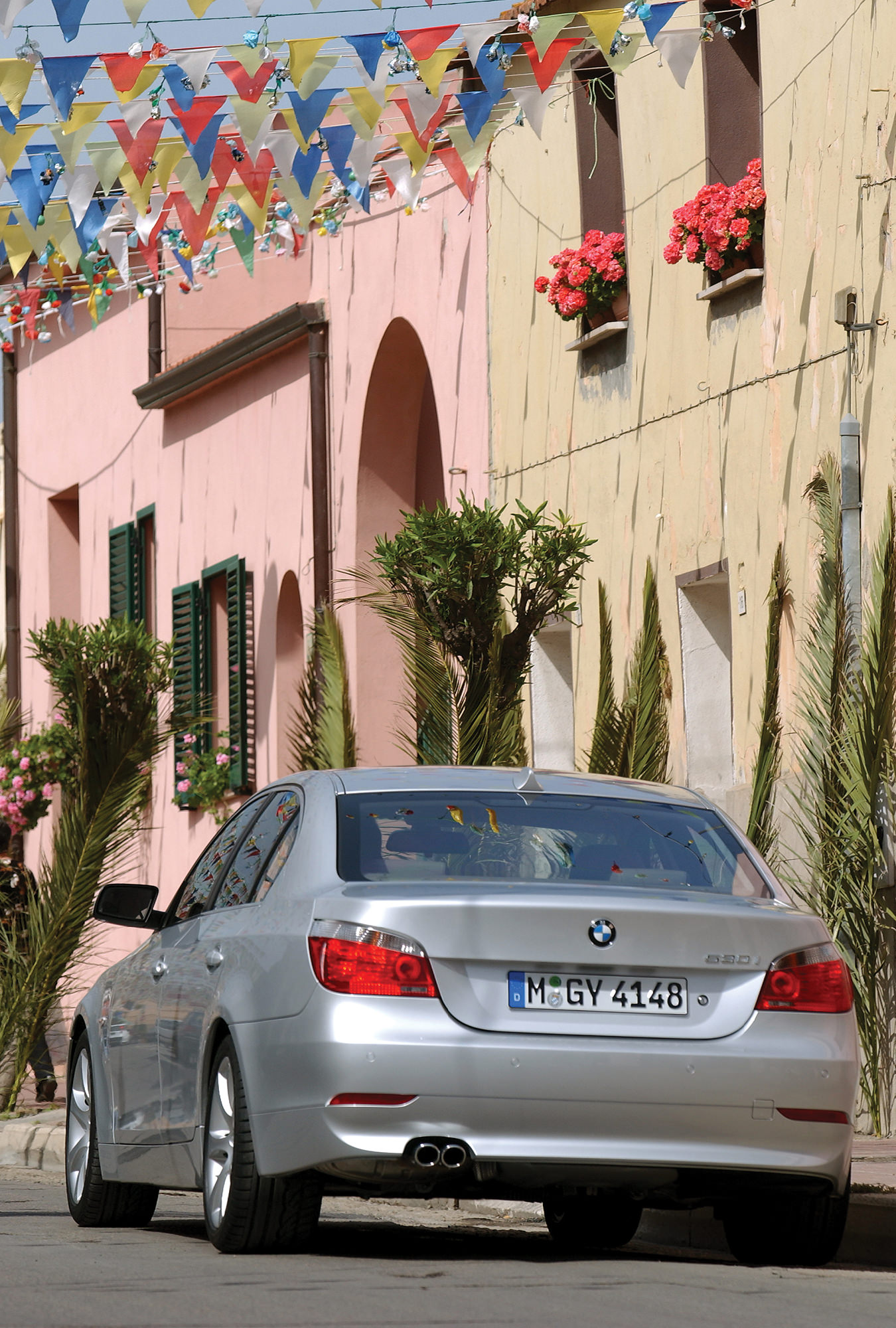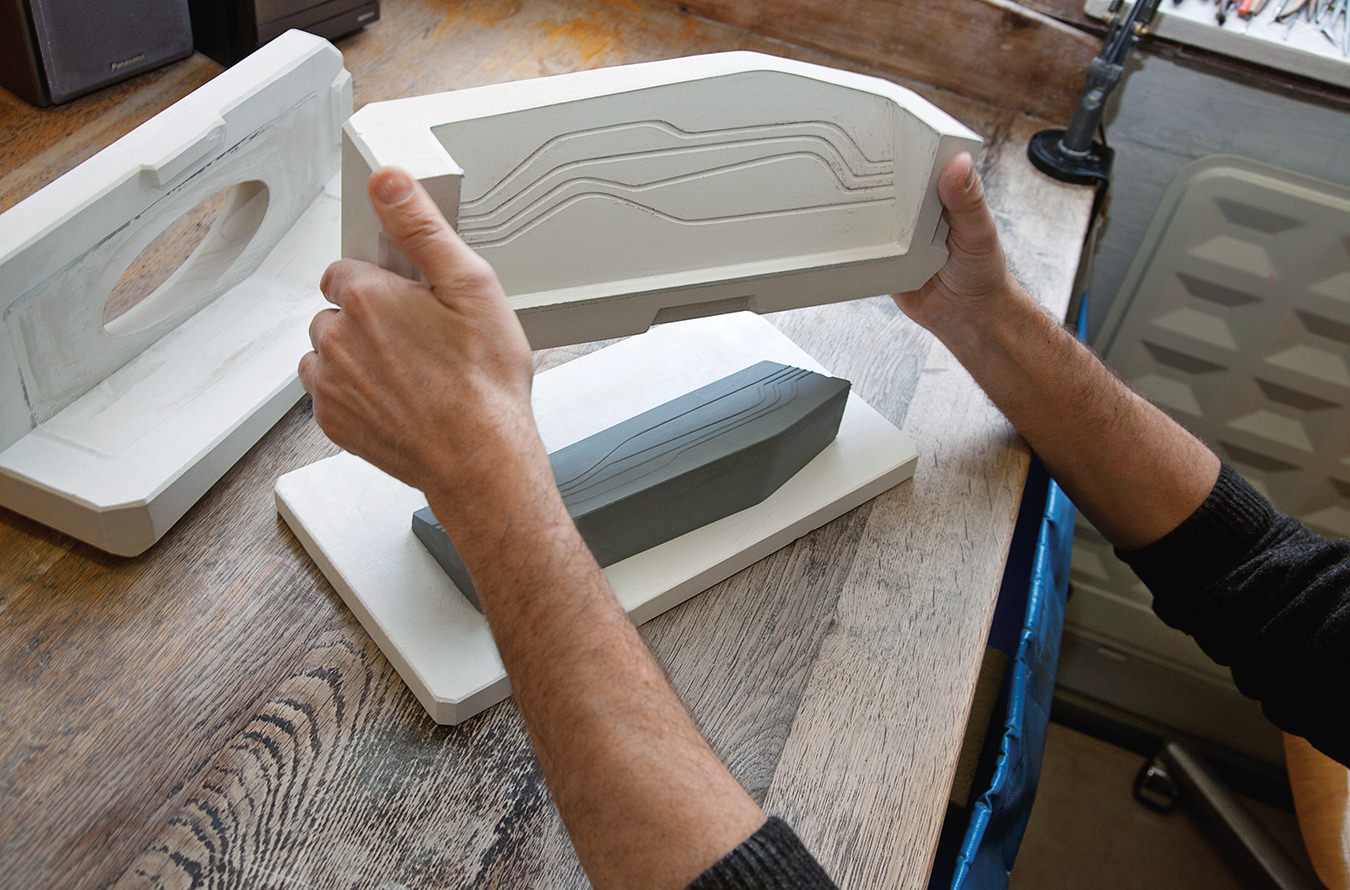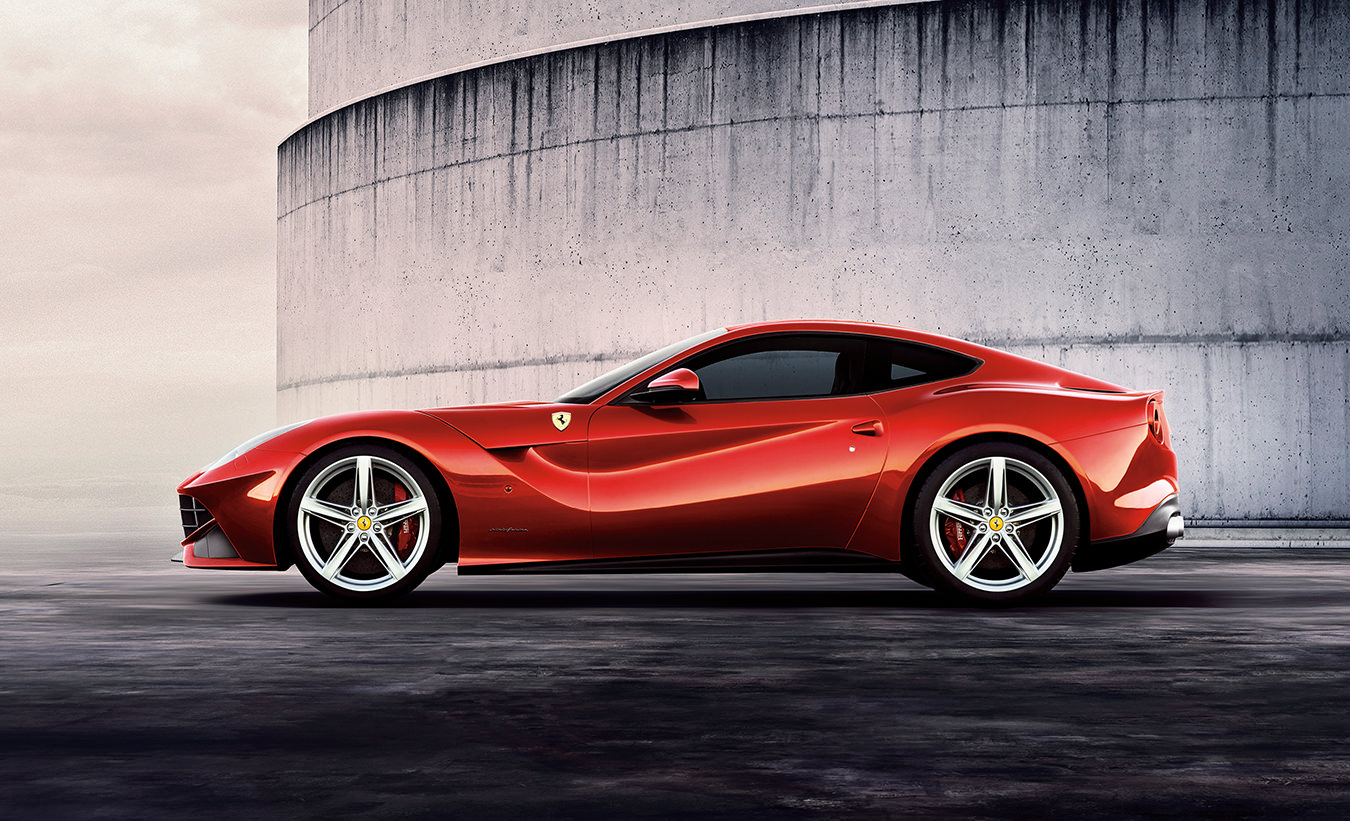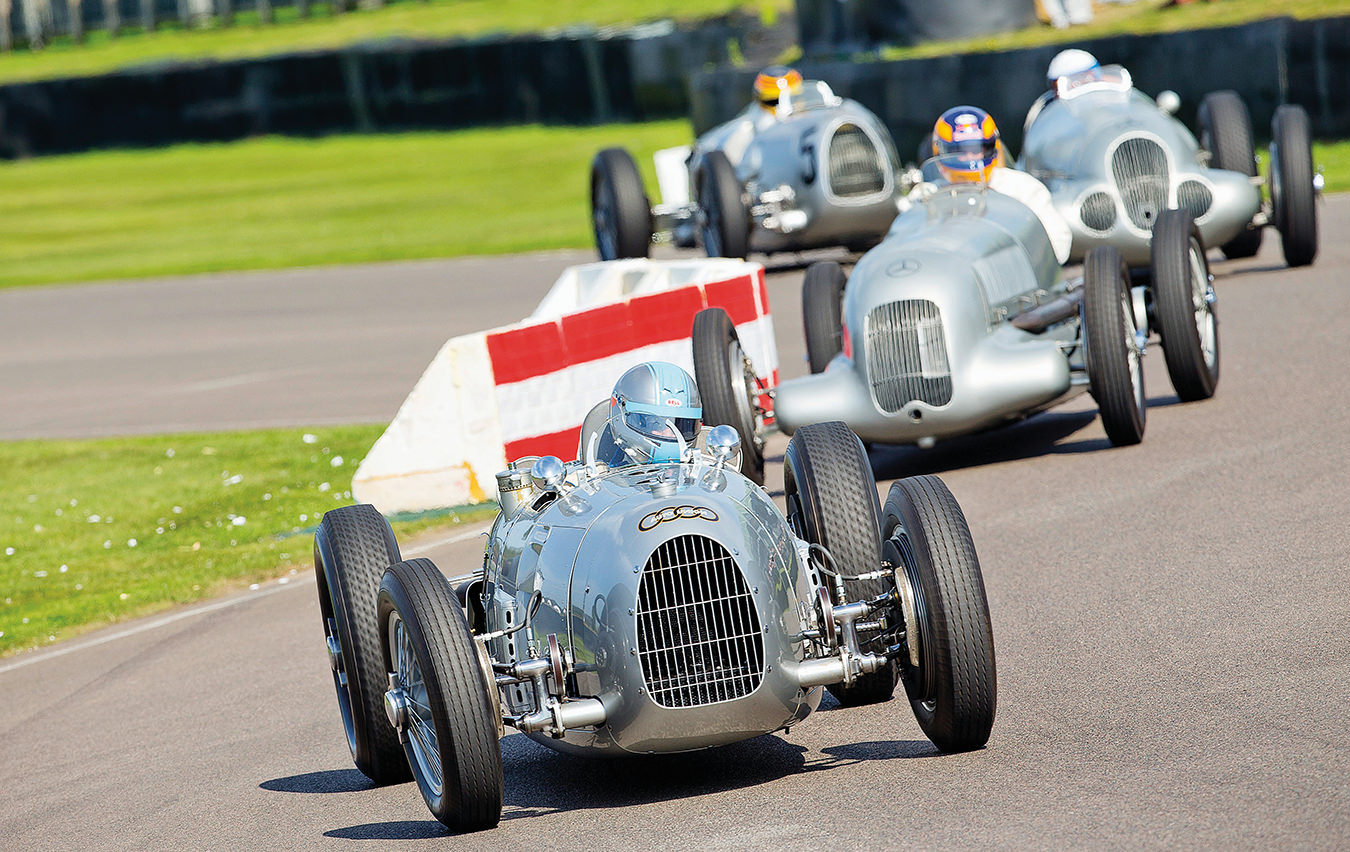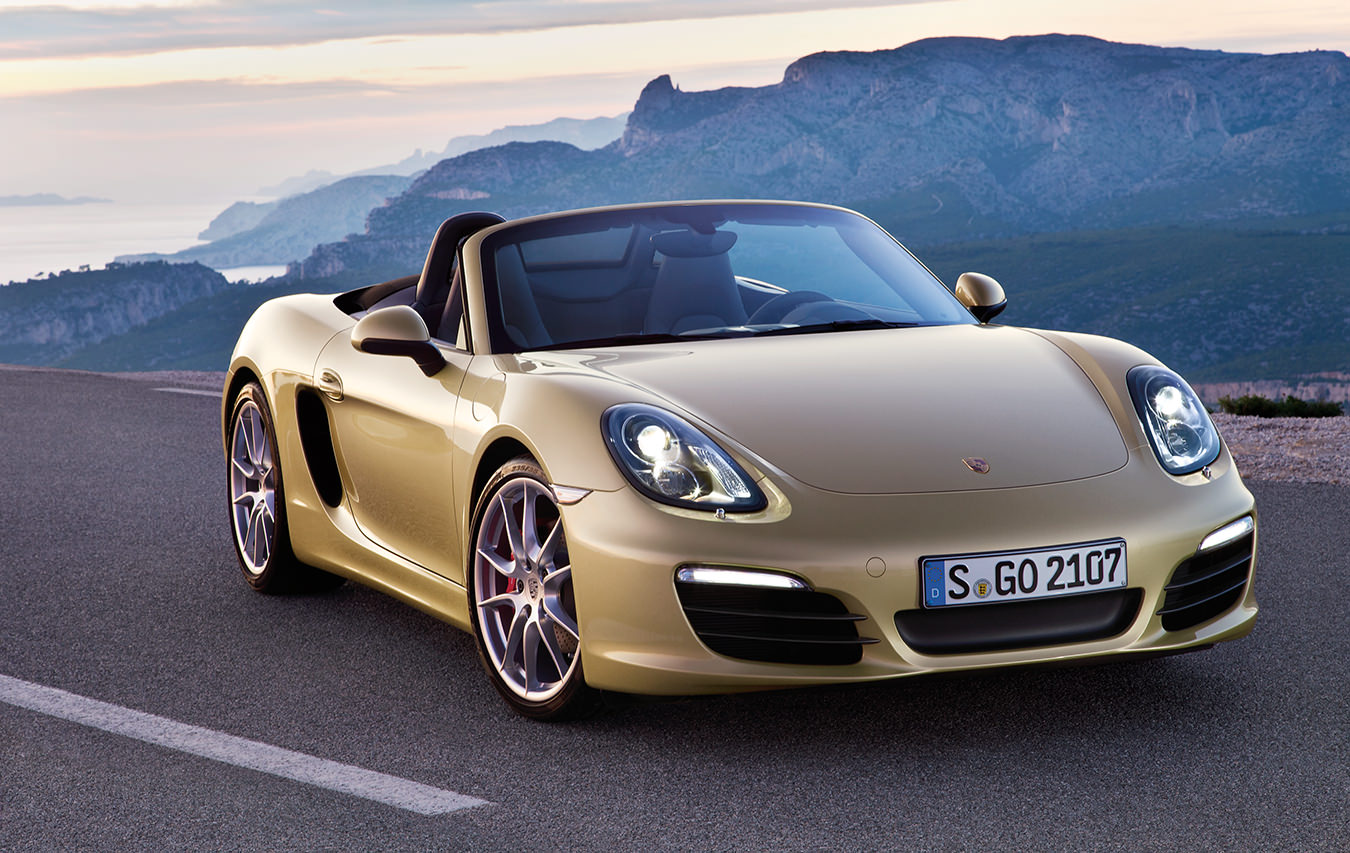BMW in Sardinia
Different by design.
HRH Prince Leopold of Bavaria apologized for his laryngitis as he threw the new BMW 5-Series Sedan into a spectacular four-wheel drift around the first left hand turn on the test circuit set up in the container port of Cagliari. Prince Leopold said that he needed to preserve his voice to help celebrate Prince Rainier’s 80th Birthday the next day in the tiny, glamorous principality of Monaco on the south coast of France. I had a real sensation that we were about to roll the car and braced myself accordingly. Instead, we found ourselves in perfect position on the next straight. Prince Leopold’s rugged face was calm and confident, certainly not the face of someone who had just caused a hair-raising experience.
I had the same sensation as we approached the second turn at alarming speed. Eventually, I began to understand. As we approached the next turn I noticed that Prince Leopold aimed the nose of the car at the inside edge of the start of the curve earlier than expected. He downshifted as we entered the curve and accelerated after the apex. In this way he put the car into a four-wheel drift, using the real centrifugal force to push us to the outside of the curve and the grip of the tires to keep us on the course. The new 5-Series’ advanced steering system enabled him to corner at a higher speed with a minimum of steering. Dynamic Stability Control (DSC) helped maintain our trajectory on the curve. Prince Leopold smiled as we pulled into the pits. He is clearly impressed with the new 5-Series, particularly the new active front steering, but added that he would disconnect the DSC if this were his car. Prince Leopold is a former auto racer, with 30-years’ experience. Today, he serves as an international brand ambassador for BMW.
Bayerische Motoren Werke AG, and its American-born chief designer, Chris Bangle, have a lot riding on the new 5-Series. BMW posted a 19 percent drop in first-quarter net profit in 2003; sales slipped before the relaunch of the luxury car maker’s 5 series in Europe in July, and in Canada in November. While the Munich-based auto maker is upbeat about the rest of the year, expecting to match 2002’s record net profit of E2.02 billion in 2003, the launch of the new 5-Series is clearly a critical event for the company. The midsize luxury sedan generates about 25 percent of BMW’s sales and 40 percent of its profit, according to analysts. The German company is counting on the car to help drive profitable growth, especially in the U.S., where it aims to lift annual sales from 230,000 today to about 300,000 over the next few years.
What is admirable is that at the height of its success, BMW is making risky bets and unveiling a collection of bold new model designs that it expects will lead to an increase in sales for its BMW (and Mini) brands this year. BMW has always been known for its innovation, understanding that “incrementalism is innovation’s worst enemy” in the words of Nicholas Negroponte. For decades, BMW’s precisely designed 3, 5 and 7-Series sedans were basically the same car. By the late 1990s, the company took a calculated risk that it could expand sales if it created a distinct character for each model.
BMW clearly understands the power of branding and has been careful to ensure that all models partake of the brand essence. Every BMW premium model shares in the brand themes of dynamism, agility and driving pleasure. However, the first car in the new design endeavour, last year’s 7-Series, was criticized by many reviewers and BMW fans. This year, in addition to the 5-Series, BMW will be rolling out the 6-Series, a coupe version of the 7-Series, as well as the compact 1-Series. BMW faces the challenge of introducing new models in a down market. Demand for new cars has been hit by shaky consumer confidence. U.S. car sales slid 3.9 percent in the first quarter, while western European sales fell 2.4 percent. The high-end BMW brand saw deliveries fall 7 percent as BMW buyers waited for the new 5-Series.
Compared with its predecessor the new model is larger and more spacious, yet it’s also 165 pounds lighter because of a lightweight aluminum front end. Outfitted with a 231-horsepower, in-line six-cylinder engine, the car hits 100 kilometers per hour in less than seven seconds and has a top speed of 250 kilometres per hour. Engine power is transmitted to the wheels by six-speed transmission with manual gearbox.
An optional active front steering system enables drivers to corner at higher speeds with only modest turns of the wheel. During the press preview in Sardinia, the agility and superior handling of the car as we sped through twisting roads amid rocky, pine-clad hills was a real pleasure. On a fast stretch of the highway, a stability system prevents any nervous or exaggerated reaction of the dynamic steering. Active steering accentuates the driver’s instructions at slower speeds. Amid the small villages, the sleek new 5-Series attracted plenty of admiring looks.
With its cockpit based on BMW’s iDrive philosophy, the new 5-Series pushes the envelope in driver-oriented ergonomics: most functions essential for motoring are within the driver’s immediate reach on or around the steering wheel, while basic comfort functions are in the centre console. The new 5-Series also features an optional “head-up” display that uses aircraft technology to project dashboard readings onto the windscreen so drivers can keep their eyes on the road.
Sporting clean lines along the side of the car are achieved through the discreet use of convex and concave surfaces. The contours cut down on wind resistance; BMW designers say the 5-Series is the most aerodynamic car it has built. BMW, and its design team lead by Chris Bangle, have created a fascinating car; new design, innovative new technology, and new driving experience. The elegant and dynamic new BMW 5-Series seems destined to redefine the business class.
HRH Prince Leopold helped Monaco’s Prince Rainier quietly celebrate his 80th birthday in style before the Monaco sovereign stepped into the spotlight to hand the Monaco Grand Prix trophy to BMW Williams F1 racecar driver Juan Pablo Montoya. The Monaco Grand Prix is the jewel in Formula One’s crown so it is fitting that the 61st event demonstrated grand prix racing at its finest. Montoya, of Colombia, had emerged an emotional victor of a close encounter that could have gone the way of Kimi Raikkonen or Michael Schumacher in a nanosecond. It was an impressive performance by the BMW Williams F1 Team and a good sign for a team that had not won in 22 races, and had come under increasing criticism and media scrutiny. A good omen, perhaps, for the new BMW 5-Series.
Photos courtesy of BMW Canada.

